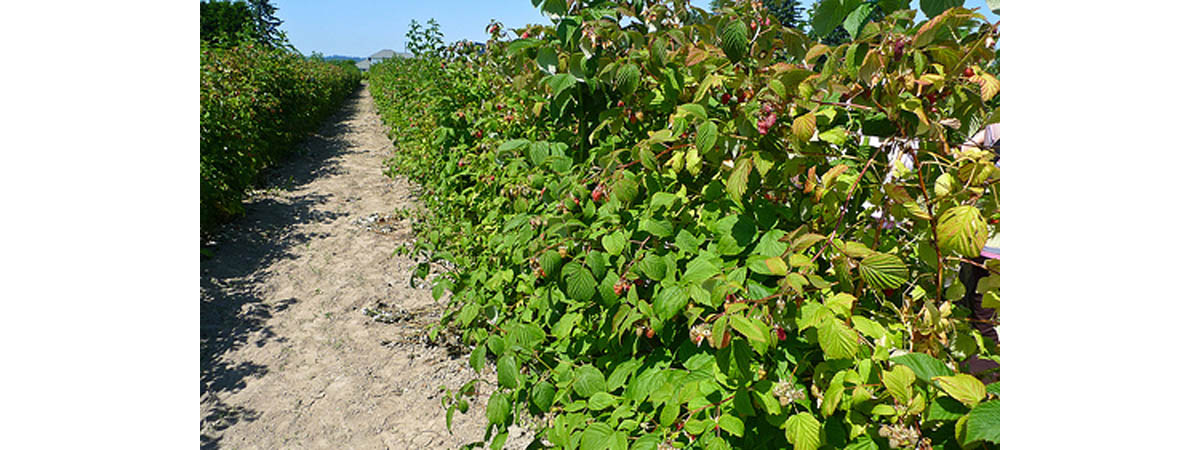Table of Contents
In past outbreaks in the US and Europe, Cyclospora outbreaks typically have been traced to a single field contaminated by fecal matter contributed by agricultural workers arriving from countries where the infection is commonplace. Previous epidemics of cyclosporiasis have been traced to contaminated lettuce, basil, and raspberries growin in Guatemala, Mexico, and even the United States. There has also been an outbreak of the disease from contaminated municipal water supplies in Chicago.

The Cyclospora parasite cannot survive freezing. For this reason, it is not common on cold-weather crops, such as spinach, broccoli, cabbage, or greens harvested in the winter.
The Cyclospora parasite cannot survive heating. Water that is hot enough to feel uncomfortable on the skin (about 60 degrees C/140 degrees F) will kill the parasite, as will cooking contaminated vegetables.
Washing fruits and vegetables, however, will not remove all of the Cyclospora cysts on the surface of the produce unless you follow some specific steps:
- Don't rely on Clorox or chlorine bleach. Clorox does not kill Cyclospora, although it will kill many other kinds of microbial food contaminants.
- Wash your hands with soap and water before washing produce. In this way you can avoid contaminating the produce you bring home with any microbes you may have contacted while choosing produce from the produce bin at the market. Each time you wash a different produce item, wash your own hands under running water.
- Don't limit washing to the top of the vegetable or fruit. Running water only moves the parasite from one part of the fruit or vegetable to another unless the produce is turned upside down under the stream of water and then washed from all sides for thorough cleaning.
- Wash your hands before cooking vegetables to minimize the risk of cross-contamination.
- Make sure everyone in your family washes hands after using the toilet.
- Keep melons in plastic bags, or in their own bin in the refrigerator. Melons are grown in contact with the soil and are especially likely to pick up parasites. Disinfect the bin after you use the melons. Produce with tough peels or rinds isn't likely to infect you, but it can be a reservoir for the microscopic cysts that carry the disease. You aren't likely to get an infection by eating the melon, because you throw the rind away. But you could easily get an infection from salad greens or herbs stored touching the melon.
- Imported raspberries and soft fruits are impossible to clean once contaminated. Even dipping a raspberry in iodine solution won't remove all of the cysts that may be attached to its surface if it has fallen on contaminated ground.
And if any member of your family comes down with the symptoms of cyclosporiasis, make sure that person washes hands with soap and water regularly, and try to relieve him or her of food preparation duties. Any kind of hand-to-mouth contact with fecal matter can result in infection, so wash hands after doing the laundry and removing bed linens, and make sure not to share bath towels and wash cloths.
- Ortega YR, Sterling CR, Gilman RH, Cama VA, Díaz F. Cyclospora species--a new protozoan pathogen of humans. N Engl J Med. May 6 1993. 328(18):1308-12.
- Ortega YR, Sanchez R. Update on Cyclospora cayetanensis, a food-borne and waterborne parasite. Clin Microbiol Rev. 2010 Jan. 23(1):218-34. doi: 10.1128/CMR.00026-09.
- Photo courtesy of Mike Rosenberg by Flickr : www.flickr.com/photos/aleutia/2625669627/
- Photo courtesy of camknows by Flickr : www.flickr.com/photos/camknows/7557174402/

